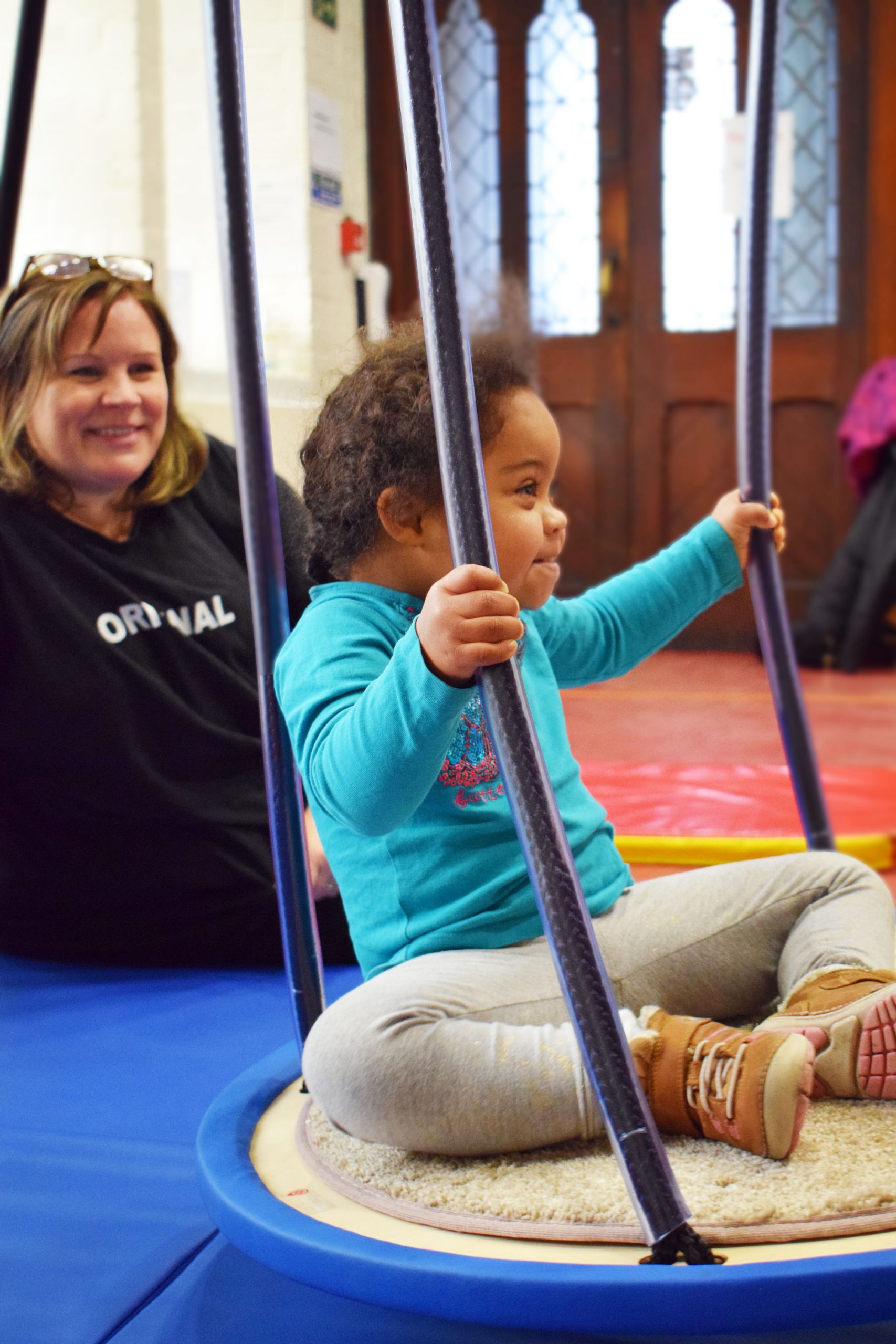Explore a Growing Hope clinic

Pens and Paper

A large part of our school day is about drawing, colouring or writing. Practicing these skills, learning to hold our pencil/pen correctly and developing handwriting, along-side the National Curriculum is important.
Sensory Toys

Ribbons and feathers are great for soft touch which can be alerting, helping us feel more ready to concentrate and engage in tasks. As Samantha is discovering, they are also lots of fun when playing games like Simon Says or dancing. These games help us to work on our body awareness, midline crossing and bilateral hand skills.
Scooter Board

Jacob loves using our scooter board when he is in clinic. Using a scooter board gives us vestibular input (inner ear sensory receptors that tell us about movement, gravity and vibration) as well as proprioceptive input (sensations from joints, muscles and connective tissues that underlie body awareness). This helps us to feel regulated. The scooter board is also great for strengthening muscles in our arms and back.
Blocks

Stacking blocks involves good eye-hand coordination, grasp and release. We can practice these skills by building towers or shapes with younger children who are still developing their skills or older children/young people who are retraining or maintaining these skills.
Football

Kicking a football works on your balance, eye-hand coordination and requires core strength. We also throw and catch a football when we are developing catching skills and a smaller ball is too much of a challenge. In this picture Jacob is practicing his catching skills with his Dad.
Yoga Ball

Lilly is playing on our yoga ball as part of her therapy session. A yoga ball is great for bouncing on, rolling over and having rolled over you. The latter is often calming for a lot of people because of the deeply pressurised sensation. These activities engage proprioceptive, vestibular and sensory inputs which help us develop body awareness.
Trampoline

Who doesn’t love a bounce on a trampoline? Jumping is great for burning off some energy, and giving proprioceptive input that helps us to feel regulated and more aware of where our body is in space.
Timers

Sam is using one of our timers with his brother Isaac. Timers help us to know what is expected, how long we need to concentrate on a task for and when a task will be finished. They are especially helpful when engaging in tasks that are challenging and we want them to be over quickly or allowing us time to rest before engaging again.
Pegs

Isaac is playing a peg and pompom game with our Lead Therapist Shaaron. Pegs are a great household resource that can help with strengthening the muscles in our hands to help us in those fine motor tasks such as doing up buttons, holding a knife and fork, and opening containers.
Swing

The swing is one of our favourite pieces of therapy equipment. Swinging provides us with input to sensory receptors in the inner ear (called vestibular receptors) giving us information about movement, gravity, and vibration. This helps us to detect changes in relation to gravity. We then learn to make postural adjustments to not loose balance and detect acceleration or deceleration.

